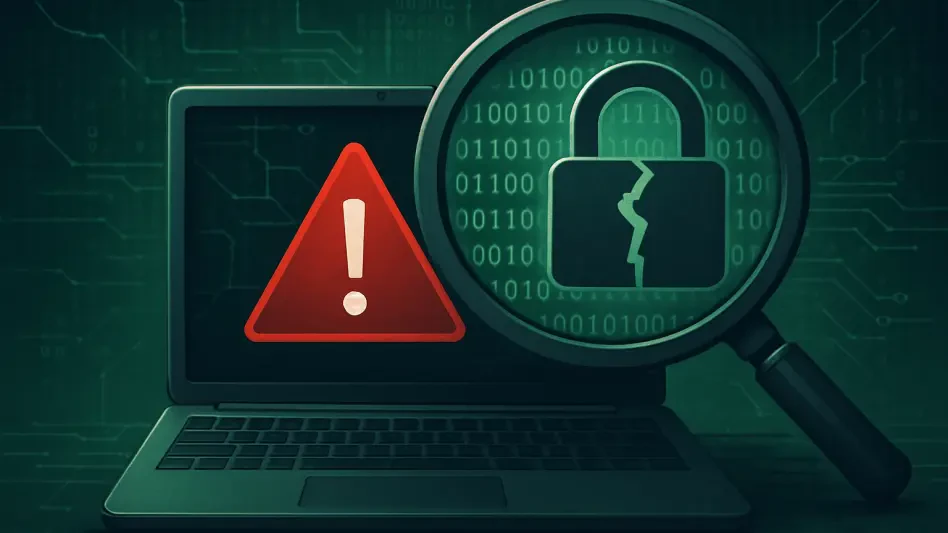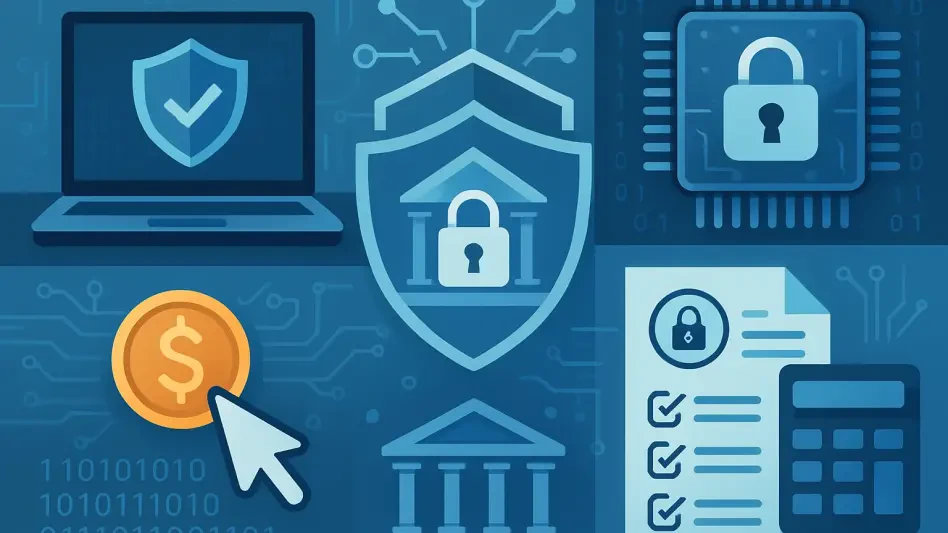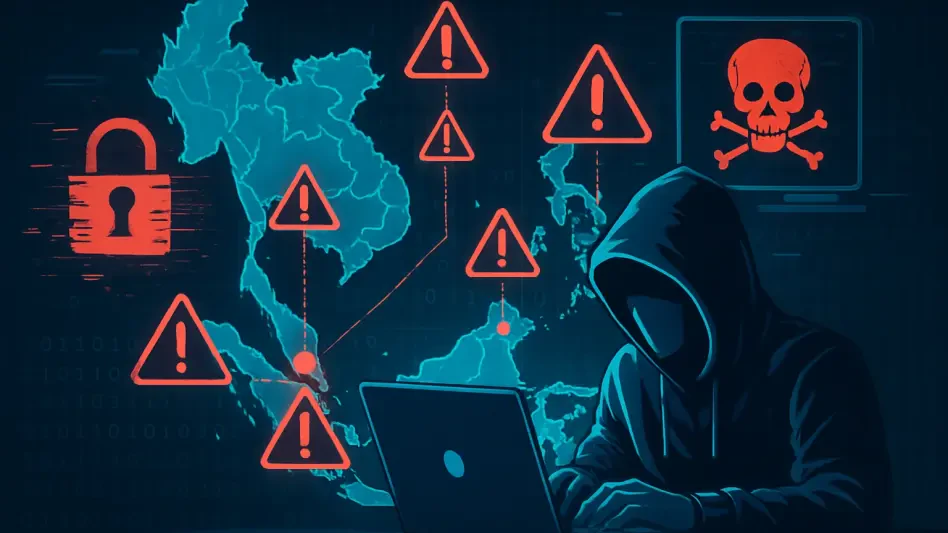Imagine an underground marketplace where individuals could purchase illegal drugs with a reduced risk of encountering the dangerous scenarios typically involved in street deals. This scenario was a reality for the users of Silk Road, the first darknet marketplace, which operated from January 2011 until September 2013. Founded by Ross Ulbricht, Silk Road quickly became synonymous with the sale of banned substances, despite not all vendors on the platform engaging in such activities.
The Anonymity and Security of Silk Road
A Safer Alternative in the Illicit Drug Market
Silk Road’s appeal lay in its anonymity and the enhanced security it offered to its users. Accessible through the Tor network, the site allowed buyers and sellers to operate under the cloak of anonymity, minimizing the risk of exposure to law enforcement. Transactions were conducted using Bitcoin, a cryptocurrency that ensured payment security and further obfuscated user identities. This online transaction mode allowed users to circumvent the dangers and unpredictability of procuring drugs from street-level dealers, where being caught by law enforcement or encountering violent situations was a palpable risk.
One of the most notable aspects of Silk Road was the relative safety and reliability of the drugs purchased through its marketplace. Many users testified to receiving substances that were more consistent in quality and less adulterated than what they could buy on the streets. This perceived increase in quality and safety stemmed from a vendor rating system, where buyers could leave feedback and rate their experiences. This system encouraged vendors to maintain high standards to attract and retain customers. The platform thus provided a way for users to access their substances in a controlled manner, with reduced risk of harm compared to traditional methods.
Community-Driven Harm Reduction
Beyond the transaction security, Silk Road fostered a community focused on harm reduction and informed consumption. The online forums, most notably Reddit’s /Silkroad, became invaluable resources where users discussed drug potency, safety practices, and vendor reliability. This peer-to-peer interaction equipped users with the knowledge and tools to make more informed decisions about their drug use. Conversations often included advice on safely using substances, recognizing potent variations, and avoiding potentially dangerous batches, contributing significantly to the harm reduction ethos prevalent on the platform.
This community-driven approach to safer drug consumption marked an evolution in how drug users navigated the illicit market. Instead of relying purely on anecdotal information or facing the unknown with every purchase, users could tap into a collective knowledge base to reduce their risk of adverse effects. The exchange of information went beyond the confines of Silk Road itself, affecting broader harm reduction strategies online. While the legality of these activities remained murky at best, the actual impact on users’ safety and health was undeniably significant during Silk Road’s operation.
The Impact of Silk Road’s Closure
The Rise of Fentanyl and Changing Drug Landscape
The closure of Silk Road in September 2013 coincided with the increasing prevalence of fentanyl in the drug market. This synthetic opioid, significantly more potent than heroin, introduced new risks as users were forced to turn to less reliable and often more dangerous sources for their substances. The safe supply that Silk Road had provided was abruptly removed, leaving many former users vulnerable to the rising tide of fentanyl and the broader opioid crisis. Post-Silk Road, the lack of a trusted, relatively safe marketplace led to a gap in the harm reduction strategies that had been so integral to its community.
The absence of Silk Road’s structured environment meant that users had to adapt quickly to the fragmented and less reliable channels available. With the increased risks associated with fentanyl, not only did the physical danger escalate, but the mental toll on users also intensified. The uncertainty and higher potential for overdose shadowed each transaction. For many, the Silk Road era represented a unique, albeit illegal, attempt at a safer drug market, and its closure underscored the vulnerabilities and deficiencies in the current approaches to the drug war.
Reflections on the Drug War and Silk Road’s Legacy
Imagine a hidden online marketplace where people could buy illegal drugs with a much lower chance of facing the dangerous situations usually associated with street deals. This was the reality for users of Silk Road, the pioneering darknet marketplace that operated from January 2011 to September 2013. Created by Ross Ulbricht, Silk Road quickly became infamous for the trade of illegal substances. However, it wasn’t just about drugs; the platform had a range of vendors, some of whom sold legal goods as well. Despite this, the site became iconic for its illicit drug trade, drawing significant attention from law enforcement. Silk Road offered anonymity and a safer way for users to get illegal items without the inherent risks of street transactions. As the first of its kind, it changed the landscape of online illegal markets, leading to its eventual takedown by authorities and Ulbricht’s subsequent arrest. Silk Road’s legacy persists, reflecting the ongoing battle between digital privacy and law enforcement in the realm of cyberspace.







